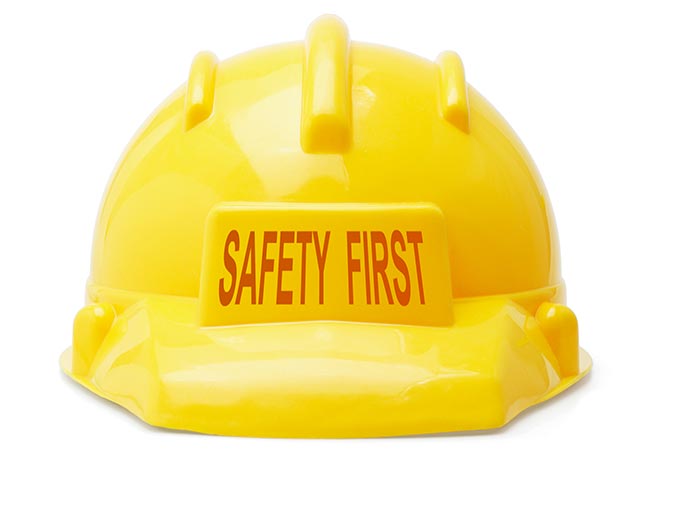
Study of $246 million in injury claims yields new shipping safety insights
Written by Nick Blenkey
Shutterstock
More comprehensive reporting requirements for injury and near miss reporting are needed to improve safety at sea, according to ABS, the American P&I Club and Lamar University.
The call follows an industry-wide project analyzing more than 12,000 injury records, with a financial cost of $246 million, and a further 100,000 near miss reports from the ABS and Lamar Mariner Safety Research Initiative (MSRI) and nearly a decade of data from the American Club.
Although the research gives an unprecedented insight into the nature of accidents at sea, inconsistent data along with a lack of consistency and comprehensiveness have led the American Club, ABS, and Lamar to urge industry to adopt a comprehensive new standard for maritime injury reporting.
“Nothing is more important to ABS than the safety of the men and women working at sea. This project offers a deeper insight into how and where seafarers are being injured and also highlights what industry can do to take our understanding of safety to the next level,” said Christopher J. Wiernicki, ABS Chairman, President and CEO.
The research reveals how injuries sustained while lifting or in slips, trips/falls are the most frequent incidents at sea, with more than 1,300 incidents in this study’s dataset. According to the American Club data, these incidents cost over $85 million for the six-year period studied. The average cost per incident is more than $65,000. Lifting incidents averaged $48,000; falls and trips averaged $88,000; slips averaged $56,000.
Looking at costs and anatomical locations, the two most costly body locations were the head and neck, averaging just over $100,000 per incident followed by the back and torso at $66,000.
Joseph Hughes, Chairman and Chief Executive Officer of the Shipowners Claims Bureau, which manages the American Club said, “Shipping is currently navigating through a digital era in which asset owners are increasingly able to use the power of operational data to predict potential failures. As those capabilities grow, the industry would be well counseled to also get ‘smarter’ about how it compiles and uses its safety data.”
“This industry, academic, and class partnership provided valuable insight into the financial impact of injuries across the maritime industry,” said Dr. Brian Craig, Lamar University, Dean of Engineering and Co-Director of the Mariner Safety Research Initiative. “This is another tool to help provide better solutions to help prevent the occurrence and reoccurrence of maritime injuries. We all believe that this partnership will help improve the welfare of the maritime industry’s most valuable asset: its seafarers.”
Download a summary of the study HERE




